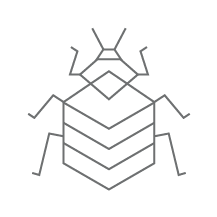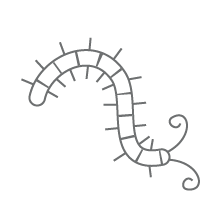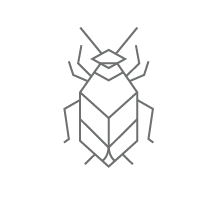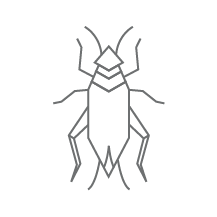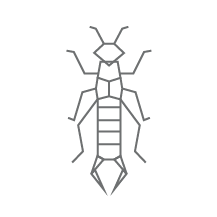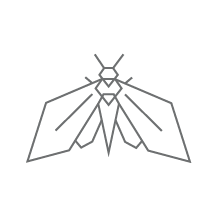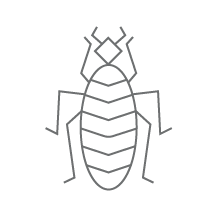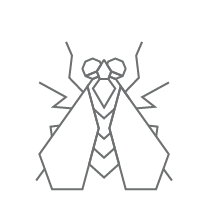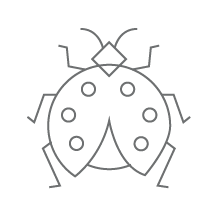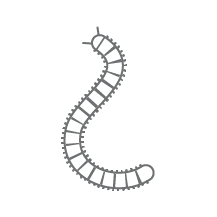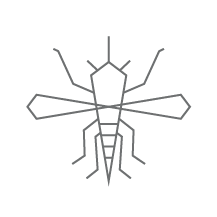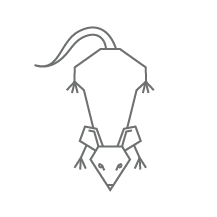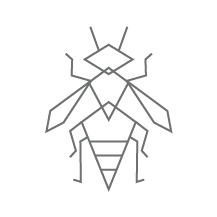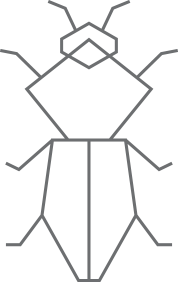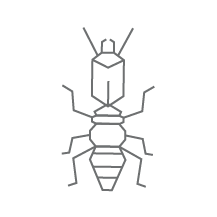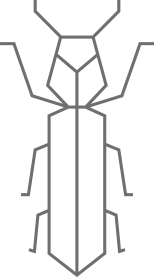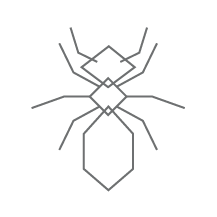
Local Office
Commercial and Residential Pest Control Services | Dodson Bros. Exterminating Co., Inc.
Bald-Faced Hornets
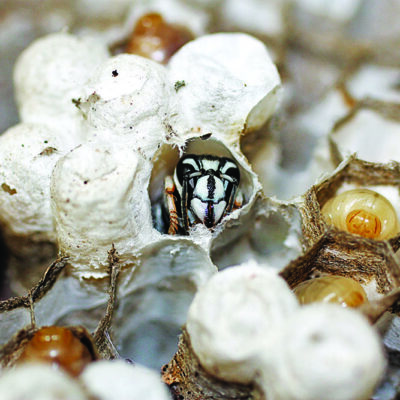
Although not true hornets, Bald-faced hornets are social insects. Their colonies may contain 100—400 members at their peak. Populations are largest during the late summer. Bald-faced hornets usually build their paper nests in shrubs, trees, on overhangs, houses, sheds, utility poles or other structures three or more feet off the ground.
Bald-faced hornets will attack anything that invades their space. They are able to sting over and over again due to their smooth stingers. Their stings carry venoms that will cause the are to hurt, swell or itch for around 24 hours. Humans are at equal risk of allergic reaction from their stings as with other insect stings.
Bald-faced hornets are beneficial insects because they help control many pest species. Control is warranted; however, if a nest is close to the ground or near an occupied structure. Routinely inspect the outside of your property for stinging insect nests.
Honey Bees
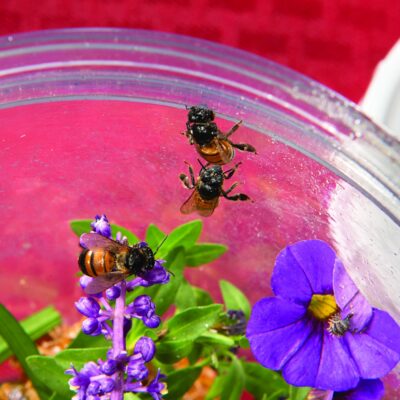
Honeybees are active pollinators, and produce honey which feeds their young in colder months. The honeybee is the only social insect whose colony can survive many years.
Honeybees do sting, but they only sting once due to their barbed stinger. The sting can be extremely painful if the stinger is not immediately removed from the sting. People allergic to insect stings will have a more severe reaction.
Honeybee management should be addressed by a professional. Treatment or removal of a honeybee nest and the honey product can be very messy. Because honeybee colonies are so large, only a honey bee pest control professional or experienced beekeeper can safely remove a honeybee nest.
Yellowjackets
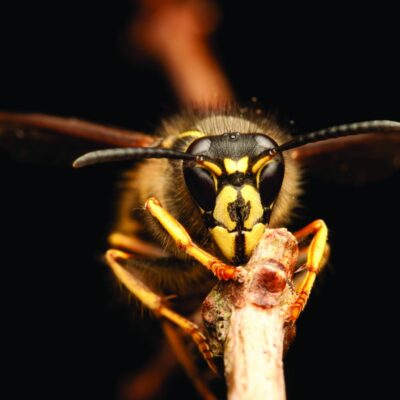
Yellowjackets live in nests or colonies. Their nest are usually found in the ground or in cavernous areas such as crawl spaces. Feeding on proteins and sweets, they can usually be found around trash and recycling bins. The colony is at its peak in late summer and early autumn.
Yellowjackets are territorial and will sting if they feel that there nest is threatened. They can sting repeatedly and can cause allergic reactions. They are extremely aggressive.
Wear shoes in grassy areas. Keep trashcans covered and remove garbage frequently. Do not swat at Yellowjackets, it will just increase the likelihood an aggressive reaction. Avoid wearing any sweet-smelling perfumes. Make sure your door and window screen are in good condition.
